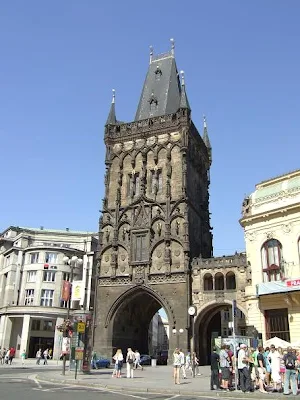 The Powder Tower used to be one of the 13 entrances to the Old Town of Prague. It is located next to the Municipal House, on the beginning of the Royal Way which leads to Prague Castle. The tower was built by Matěj Rejsek during the reign of King Vladislav II in 1475. It stands 65 m tall and is the only existing part of the former fortification.
The Powder Tower used to be one of the 13 entrances to the Old Town of Prague. It is located next to the Municipal House, on the beginning of the Royal Way which leads to Prague Castle. The tower was built by Matěj Rejsek during the reign of King Vladislav II in 1475. It stands 65 m tall and is the only existing part of the former fortification.In the 17th century when it was used to store gunpowder, the Powder Tower received its present name. Today you can visit a permanent exhibition of Prague Towers inside or have a look at a collection of photographs by Ladislav Sitensky. It's also possible to have a view over the Old Town from the 44 m high gallery.
View location in Prague, Czech Republic.


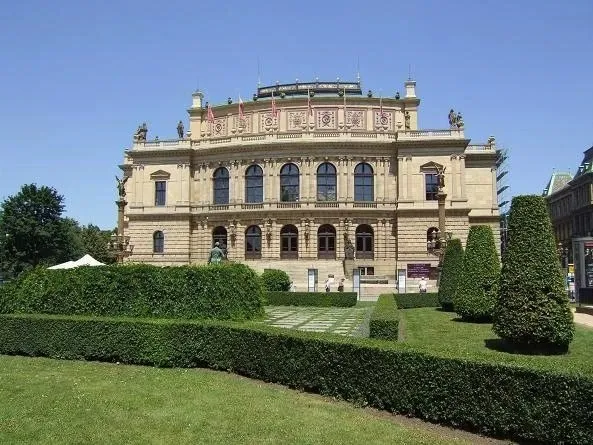

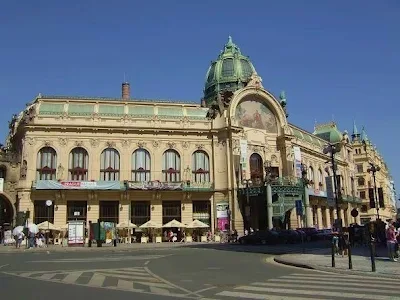

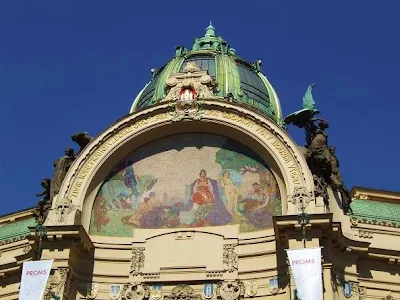
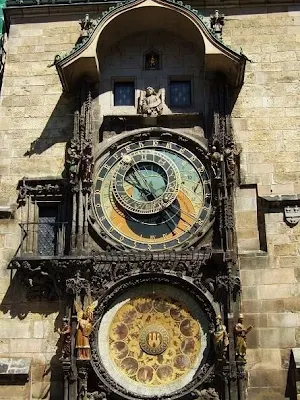
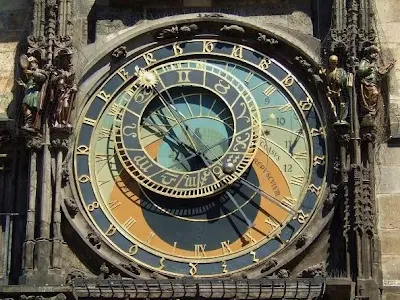
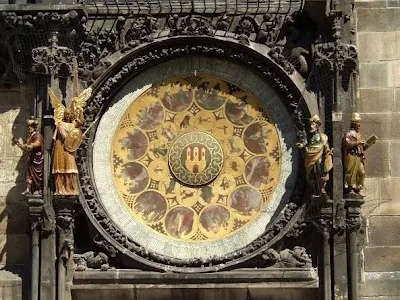
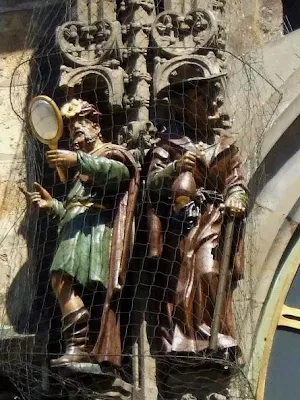

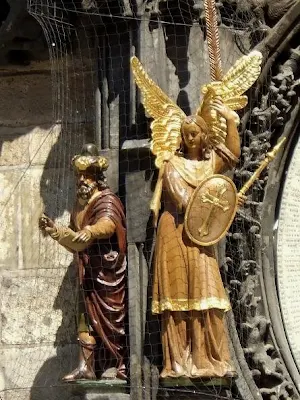

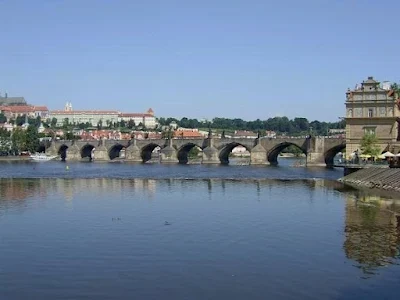
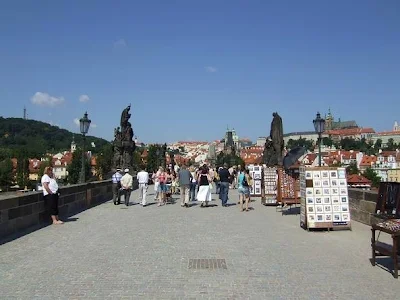
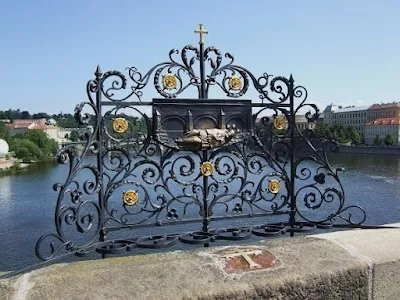

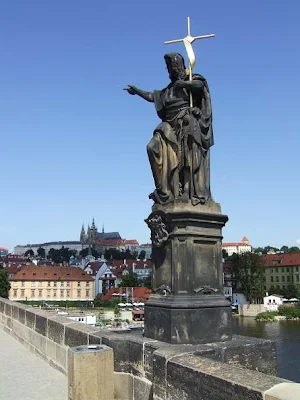
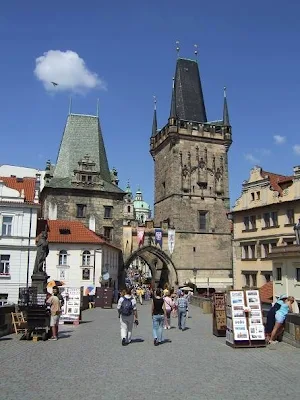



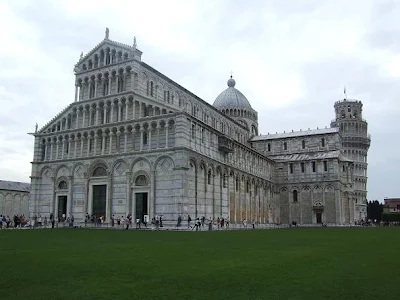

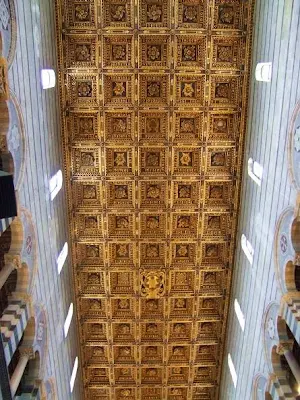
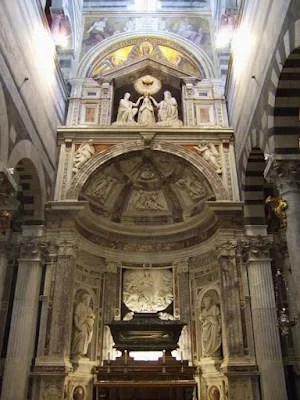
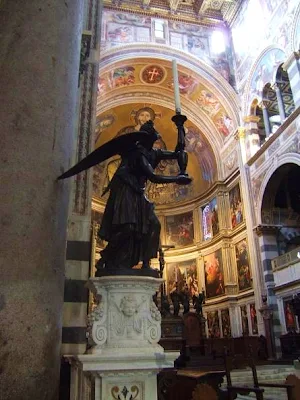
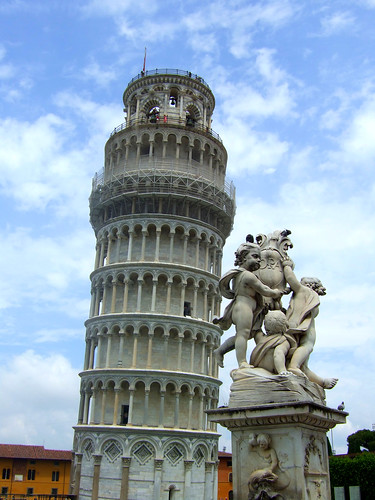

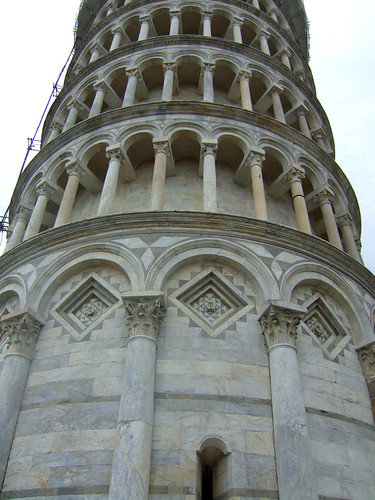

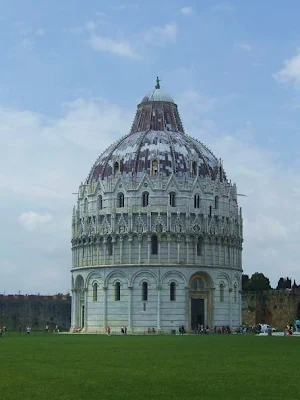

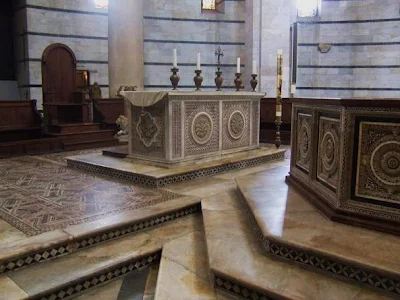
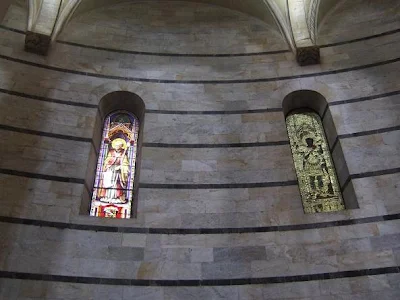


















.jpg)
.jpg)